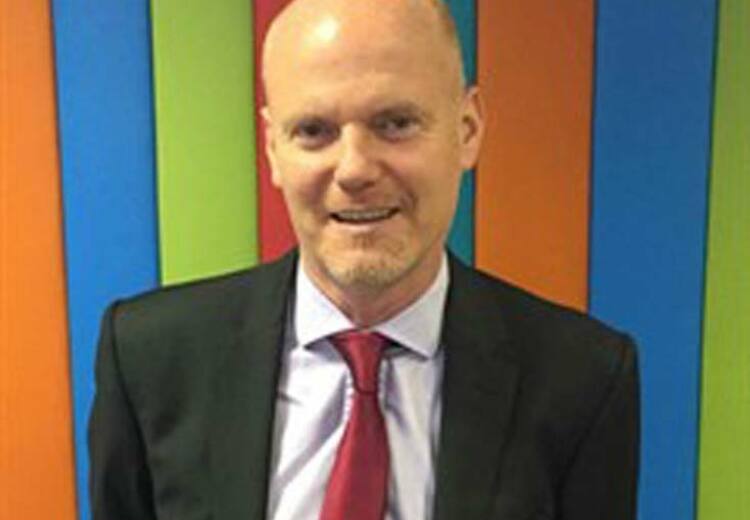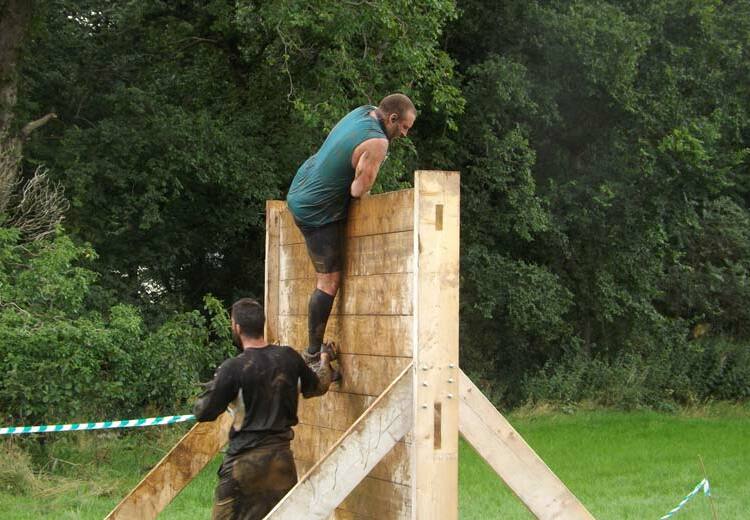CHILDREN who have experienced trauma and loss need more help and support in school according to an expert on child attachment difficulties.
Louise Bomber, an attachment support teacher and therapist from the UK, thinks schools need to address safety, security and stability issues so that children can gain the most out of the education system.
She is leading a conference called Inside I'm Hurting at the Mount Murray Hotel and Country Club today (Friday) which is targeted at people who work with children who suffer due to relational trauma and loss.
Louise explained: "My job, and what I'm really interested and passionate about, is to raise the profile of children and young people who have experienced trauma and loss. My job is to advocate for them and help to understand them better and to know how to support them in the education context.
"The main role is to help these children to settle to learn because when they come into school there is a really big mismatch. They come in with a very different lens on – an insecure attachment lens – about how they look at themselves, others and the world.
"They're coming into a school system which is set up in the main for children who've come from good enough backgrounds who we kind of assume have had a certain level of care and will be able to make sense of the school environment.
"For children who have experienced trauma and loss it really doesn't make much sense at all. A lot of them are on high alert. They're checking out for danger, they're pre-occupied with issues to do with safety, security and stability which means they really aren't freed up to make the most of school and to settle and relax into learning.
"Unless we actually really think in schools about how we can address these needs about safety, security and stability then these children are kind of stuck in this vicious cycle. What we actually need is somebody to stand in the gap so to speak and to form like a human bridge."
Louise's work involves training up teaching assistants and mentors to help children, who in many cases have suffered from emotional, sexual or mental abuse and/or severe neglect, make sense of the school environment.
According to Louise it is vital that children who display attachment difficulties are engaged with at an early stage. She continued: "As soon as we know they have experienced some trauma and loss we need to get engaged with them. The earlier it is the more likely we are going to be able to make a quicker difference.
"Obviously as they get older there is still room for adaption and recovery but it takes a lot longer – so something they should have learnt in a week maybe takes a year because the brain has slowed down in its growth.
"We now know from brain research that in children and young people who have experienced trauma and loss their pre-frontal cortex, the front part of the brain, is severely compromised and there is hardly any activity going on there. That part of the brain is so fundamentally linked to school because it's all linked up to do with logic, cause and effect, empathy, focus and concentration.
"People have found that if you give a child a relationship with somebody who provides them with consistent care over a long period of time then the neurons that are not linked up in that part of the brain actually come online and start linking up. It's actually really amazing. It's not just impacting them in an emotional way it's actually physiologically shaping the brain which is fascinating."
There are a number of aids that can be used within the school environment to help children with attachment difficulties. These range from small beanies that can be held to aid concentration to calm boxes which contain two to three minute activities that can be used as a "brain break". In secondary schools safe spaces are used as a place of calm that a pupil can return to throughout the school day.
Louise continued: "All we are trying to do is ensure that every child has the opportunity to access education. It's not about blaming anybody or pointing the figure or making people feel uncomfortable.
"It's more about whatever works and this is just another tool that people can add to their toolbox. Parents can use it at home, teachers can use it in the classroom – it's really not anything that's going to draw too much attention to the children. It's quite subtle and quite integrated so it shouldn't really be a big issue.
"Obviously you do need to have a culture within a school of people celebrating difference and diversity - we are all different, unique and we've all got strengths and vulnerabilities and it's respecting each other in that which is a lesson that can come out of all this."
The Inside I’m Hurting conference has been staged by the Social Emotional Behavioural Difficulties (SEBD) Isle of Man – a multi-agency network of professionals who work with children displaying attachment difficulties.
Louise concluded: "We need people to be working as part of a team and for these children to feel that they have a tight team around them. We need lots of consistency. Obviously what we are doing in school we want the parents and carers to be doing at home. The principles go across the board. The more consistency and the more repetition that these children and young people can have the more likely they are to be able to move on in their development."
What do you think? Let us know your thoughts by leaving a comment below:
Also see: Attachment difficulties in children to be discussed at conference








